If you purchase an independently reviewed item through our site, we earn an affiliate commission. Read our affiliate disclosure.
Due to awareness of the need to take care of our environment, you might have heard of conservation beekeeping and wondered what does conservation beekeeping entail? In this article, learn about the various aspects of conservation beekeeping and how you can get involved. For many years now, conservation beekeeping has largely been about protecting honeybees. It is, however, now finding many other unique uses across the world. Beekeepers that practice conservation beekeeping have varying reasons for engaging in the practice. Additionally, they come from a diverse range of communities, populations and backgrounds because conservation beekeeping is practiced in many places in the world.
Meaning of Conservation Beekeeping
Conservation beekeeping is the practices and activities that a beekeeper carries out with an aim to help bees of any type or to help with the solving of an environmental or ecological problem. To qualify as conservation beekeeping, there must be the rearing of bees of one or more types.
When the purpose is to ensure the continuity of a species, the keeping of bees such as leafcutter and mason bees, therefore, qualifies as conservation beekeeping.
As a result of beekeeping, some environmental and ecological problems have found solutions. This qualifies conservation beekeeping as a contributor to wider conservation efforts preserving and ensuring the continuity of many different species.
The main types of bees in conservation beekeeping are honeybees, mason bees and leafcutter bees. Other bees may also be used at a lesser scale if they are the best or suitable for a desired outcome. Keeping any type of bee in conservation beekeeping can be to conserve the bee species, or to benefit from the presence of the bee species in an area. Both beginner and experienced beekeepers can successfully carry out conservation beekeeping.
Honeybees in Conservation Beekeeping
Keeping honeybees for conservation purposes aims at ensuring the presence of honeybee species in the world, and other benefits from having honeybees present in an area. The preservation of honeybee species is especially important because it has been noticed that their population has been rapidly declining. Honeybees are an important pollinator for plants. These are both agricultural and non-agricultural plants such as trees in forests. In addition to pollination roles, honeybees are also an important source of honey, beeswax and other products.
Research has been carried out to find out the causes of the declining honeybee population. It was found out that loss of habitat, diseases, pesticides, pests and parasites were the major cause of the fall in honeybee population. They affected and continue to affect both wild and managed honeybee populations. Conservation beekeeping for honeybees, therefore, aims at maintaining a healthy population of honeybees in the world. It also has other purposes such as controlling the movement of wildlife, specifically elephants.
In conservation beekeeping using honeybees, the beekeeper establishes, manages and maintains a colony of honeybees. Usually, the beekeeper is in it for a very long time, mostly lasting from when they start beekeeping and persisting throughout the rest of their life. One reason for this is that beekeeping is a very satisfying practice that gets people hooked once they start beekeeping.
What happens in Honeybee Conservation Beekeeping?
A lot of attention is given to beekeeping that involves the use of honeybees. Criticisms, accusations and demands of various types are directed to this type of beekeeping. Mostly, this is because of the many beehive products that beekeepers have the potential to benefit from. Other times, the criticisms, accusations and demands are due to, among others, the beliefs and positions of different people and groups of persons in relation to the freedoms of animals and other living creatures.
In the conservation beekeeping, the beekeeper may closely monitor and manage honeybee colonies, or practice a more hands-off management model. At the start of their beekeeping, they are, however, going to do a lot in the same way that a commercial beekeeping operation would do it. This goes on until the honeybee colonies are stable and strong enough to warrant less interventions by the beekeeper.
Using a hands-off approach allows the bees to be more in tune with their environment and the locality that they are in. It is especially great for helping honeybees to be adapted to survival in the wild if they ever form splinter swarms from your honeybee colonies.
1. Harvesting Beehive Products
The beekeeper in honeybee conservation beekeeping may also harvest beehive products from his/her apiaries or decide not to. This depends on whether the beekeeper wants to use the beehive products, to sell the products, or prefers to let the honeybees keep their resources.
One may harvest beehive products and use them in their household. This sees the beekeeper taking a rather small amount of honey and wax in most cases, only as much as they need. It allows honeybee colonies to stay strong and have high chances of survival through periods of time when there are less food resources available in the foraging area of the honeybee colony.
Some conservation beekeepers may harvest some beehive products and sell them off. They can then use the money that they get from selling the products to facilitate their management and care for the honeybee colonies in their apiaries. Surplus funds could be channeled to other functions related to honeybee conservation such as donation to organizations that support beekeeping and expanding the existing apiaries among others.
2. Profiting from Beekeeping
It is not common for those engaging in conservation beekeeping to profit directly from their beekeeping operations. Even when they harvest and sell beehive products, they do not aim at profiting from the honeybees. This notwithstanding, the beekeeper may benefit indirectly from the presence of honeybees in their area. Such indirect benefits are such as getting better pollination of their crops. In some regions of the world, they may benefit from protection from wild elephants and other wildlife.
3. Dealing with Swarming
Honeybee colonies in conservation beekeeping will tend to form splinter swarms more often than those in for-profit beekeeping operations. This is because of several factors namely:
- Swarming is frowned upon in profit-oriented beekeeping. It causes the strength of the honeybee colony to fall for some time. Additionally, swarming sees the bees that are going to move away from the beehive, consuming large amounts of honey. They eat the honey to ensure their survival and production of much-needed wax during the period of time during which they will be setting up a new hive. Honey that they eat is seen as a loss in the beekeeping operation that is primarily for profit purposes. In such operations, swarming is closely monitored for and prevented to ensure optimal honeybee colony strength and maximum yields of beehive products.
- The abundance of beehive resources in the honeybee colonies in conservation beekeeping triggers swarming. This is likely to occur if the beekeeper does not harvest beehive products, or harvests only a small amount determined by their needs and rate of consumption.
Generally, conservation beekeepers are not hostile to swarming of their honeybee colonies. They may even try to encourage it so that there are wild honeybee colonies in their region. Wild honeybee colonies are good for genetic diversity of the honeybees in the region. They contribute to better adaptation of the entire population of honeybees in the region to surviving in the respective region. Resistance to some honeybee diseases, and the ability to fight off infestations by pests and parasites noticed in some honeybee colonies, have been attributed to adaptations developed by wild honeybees.
4. Splitting Colonies
Beekeepers that are in conservation beekeeping may split their honeybee colonies to start new colonies in their apiaries. They may also do it to help other beekeepers start their beekeeping operations or expand existing ones. It is also possible for conservation beekeepers to rear queen bees and give them away free of charge or sell them off cheaply to beekeepers that need new queen bees.
Pollinator Beekeeping for Conservation
Conservation beekeeping may focus on the preservation of other species apart from the bees used in the beekeeping operation. This is mainly seen when the beekeeper is aiming at providing the presence of pollinators in an area. They may use honeybees or other pollinator bees to achieve this goal. It helps to boost yields of agricultural plants.
Mason bees and leafcutter bees are the most common pollinator bees that are raised in conservation beekeeping. Some pollinator beekeepers aim at helping to keep a high population of pollinator bees in a region. Others may aim at helping to provide pollination services to food or non-food plants.
Pollinator beekeeping for conservation also helps wild plants and can be carried out with this sole purpose. Declining populations of useful wild plants in a region can be boosted back up by increasing the availability of suitable pollinators in the region. These pollinators cause the number of viable seeds from the targeted plant species to increase. This results in more seedlings of the targeted plant in the region and the eventual restoration of the desired number of plants of the species in the region.
In a wider perspective, conservation beekeeping that helps with better plant growth and proliferation results in improved soil, water and wildlife habitat quality in the region. This is a result of denser plant growth, increased soil stability and availability of plant material for the needs of wildlife.
Mason Beekeeping
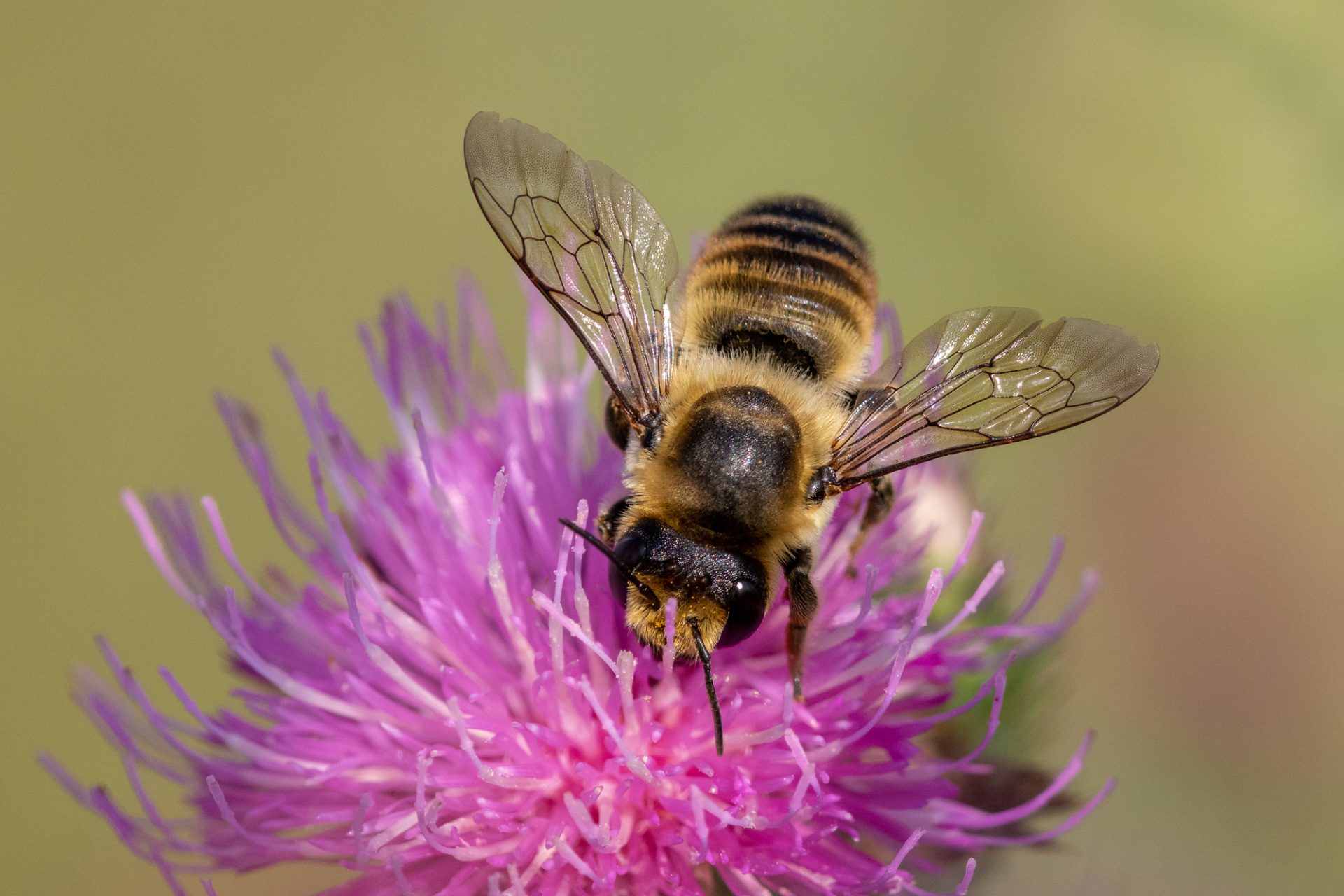
Mason bees are one of the species of bees that you can keep for conservation purposes. Mason bees are not under threat of population decline. They are useful as pollinators in farms, gardens and wild plant growths. You can rear mason bees in specialized structures or promote wild populations of mason bees. Keeping the mason bees in special structures may require you to manage the mason bees for best results. Promoting wild populations of mason bees has some risk of failure due to loss of mason bee cocoons and adult mason bees to predators and other destructive agents.
Typical mason beekeeping uses mason bee houses or specialized constructions that provide a habitat for the mason bees. A specially constructed structure for mason bee rearing may also incorporate features that allow for provision of security of mason bees and their cocoons from predators. There are many different designs, sizes and constituents of mason bee houses. Each mason bee house manufacturer applies their preferences in materials, design and size to the mason bee house that they produce.
Despite the uniqueness of each type of mason bee house, they have common qualities that are not limited to the following:
1. Multipurpose
Mason bee houses are multi-purpose equipment for pollinator beekeeping. They are suitable for the rearing of both mason bees and leafcutter bees. These two types of bees are active at different times in the year. Mason bees are active in spring season and leafcutter bees are active in summer season. Having both types of pollinator bees in your conservation beekeeping operation ensures that you have pollination activity in the two seasons when most plants produce flowers and require pollination services of the pollinator bees.
2. Wood or Plant Materials
Mason bee houses are usually made using wood or plant materials. This is because the bees naturally prefer to make their nests in wood crevices or on plant tubes. Both the exterior superstructure and the interior partitions of the mason bee house are made of wood. Some manufacturers may, however, use other plant materials and derivatives such as cardboards to make the interior partitions of mason bee houses.
3. Tubes
Tubes are used in mason bee houses for the nesting of mason bees. They provide a nesting environment that is very similar to that which mason bees prefer in nature. One end of the tube that is to the back of the mason bee house may be sealed. Mason bees use the other end of the tube facing outwards from the mason bee house to enter the tube. They then lay eggs and store food resources for the larva that hatches from the egg. Using mud, the mason bees then seal the egg and food resources in a cell. They repeat this sequence until the tube is full, and move on to the next tube.
When you are using a mason bee house to raise mason bees, you should use tubes of an 8-millimeter diameter. For the raising of leafcutter bees, use tubes that have a diameter of 6 millimeters.
4. Shelter from Weather Elements
The primary function of mason bee houses is to shelter the bees from weather elements. Rainwater is especially destructive to the bees. It can cause softening of the mud that mason bees use to seal cells. This would result in damage or loss of eggs and failure of the next generation of mason bees. Some mason bee houses come with a screen that covers the front of the house to protect mason bees and their eggs from predators including birds and small animals.
5. Reusability
You can use a mason bee house for a very long time over several years. In one house, you are able to raise many successive generations of mason bee houses. With every generation of the bees that you raise, the mason bee house becomes more attractive to mason bees. This is because mason bees leave pheromones behind in the house. It makes it easy for subsequent generations of mason bees to settle in the mason bee house and use it for nesting.
6. Ease of Use
Properly designed and constructed mason bee houses are very easy to use. They come with various features that make them easy to work with. Usually, the mason bee house will have a method of hanging or hooking it installed on it. A small hole at the back of the mason bee house makes hanging up the bee house easy during installation. The bee houses are best when put up on house eaves, poles and walls. You can also screw some of the houses onto a surface using the provided installation features.
Leafcutter Beekeeping
Leafcutter bees are raised for their pollination activity in summer. You can raise leafcutter bees in several structures. It is best, however, to raise your leafcutter bees in a structure that is designed and constructed for the purpose of raising leafcutter bees. In the field of beekeeping, leafcutter bees are best raised in mason bee houses. This is because the mason bee houses are designed for use with both mason bees and leafcutter bees. Manufacturers of these houses take into account the needs of pollinator bees and provide for them adequately.
Leafcutter bees are called so because they use pieces of leaves to create partitions of their nesting cells. In each cell, the female leafcutter bee lays a single egg and stores pollen among other food resources. The larva that hatches from the egg in the cell eats up the food resources in the cell and then pupates. It emerges from the cell as an adult in summer.
How to Practice Conservation Beekeeping
There are many variations on how to practice conservation beekeeping. You need to choose one or more approaches and then carry out your beekeeping in line with the goals that you set for your conservation operation. Being a conservation beekeeper can be as demanding as being a commercial one. You should, therefore, be ready with all the required tools, equipment and structures that are needed in beekeeping.
The important aspects of beekeeping that you should incorporate in sequence in your conservation beekeeping are:
1. Contact with Other Beekeepers and Authorities
Network with other beekeepers and contact the authorities in your area. You should not go into beekeeping as a lone ranger. By being in contact with other beekeepers and authorities, you are able to get important news, updates and resources among other benefits on time. You also get timely assistance when you need it and draw from the experience of other beekeepers.
2. Reading about Beekeeping
Read as much as you can to learn about beekeeping. This will help you to be a good beekeeper and take good care of the bees in your conservation beekeeping operation. You can purchase the books and publications that you need from various outlets or borrow them from fellow beekeepers.
3. Goals for Your Beekeeping
Decide the purpose of your beekeeping operation. This will help you to carry out conservation beekeeping with adequate planning and effective management. You should set goals for the conservation beekeeping operation and lay out plans on how you will achieve the goals. Additionally, put in place adequate systems to ensure the success of your beekeeping operation.
4. Adequate Preparation
Prepare adequately for the starting and management of bees. You should make purchases of tools, equipment, and safety gear and beehive components among others. If you do not prepare adequately, you will find yourself doing things in a rush and possibly failing in some areas of your beekeeping practice.
5. Installing Starter Populations of Bees
Install bees of your preferred type in a suitable habitat. Use cocoons of pollinator bees such as mason bees and leafcutter bees, or starter colonies of honeybees in a ready bee house or beehive, respectively. Ensure that you do this in the right season of the year, and at the right time of the day. You should also provide all that is needed to ensure that the bees are comfortable in their habitat.
6. Managing Bees in Conservation Beekeeping
Manage your bee populations in the correct methods and frequency of management practices. Do not skip out on management activities that you should carry out in the beekeeping operation. At the start of the conservation operation, you will have a lot of things that you should do. Once the bees have settled into their habitat, things will get less intense. From then, the requirement for management activities will depend on the goals that you set for your conservation beekeeping operation.
Benefits of Conservation Beekeeping
Conservation beekeeping has various benefits, depending on how you practice beekeeping. Primarily, the bees that you keep and the ecosystem are the biggest beneficiaries of conservation beekeeping. The beekeepers that carry out the conservation are the next beneficiaries through various avenues. Some are content with the satisfaction that comes from knowing that they are helping bees and the environment, and others go for one or more additional benefits. There are also many benefits arising from conservation to other pollinators, insects, animals, plants and the environment on a wide scale.
The major rewards of conservation beekeeping are:
1. Contributing to the Survival of Bee Species
Many species of bees are threatened with population declines. This is of concern to many people because of the numerous benefits from bee presence in ecosystems. Particularly, honeybees are under immense pressure and need conservation efforts to help in increasing the population of bees across the world. In the USA, pesticides, loss of habitat, diseases and parasites are the leading causes of honeybee population decline.
By engaging in conservation beekeeping, beekeepers help to maintain the presence of honeybees in ecosystems. They provide pollination services among other positive outcomes to the beekeeper and plants in the area. Conservation beekeepers that encourage and allow swarming promote genetic diversity in honeybees for better survival and resistance to diseases, pests and parasite infestations. Genetic diversity also leads to the development of desired behavior in the bees such as grooming and maintenance of beehive hygiene at high levels.
2. Plant Pollination
Where there is beekeeping of any type, plants are sure to enjoy excellent pollination. Admittedly, bees may not pollinate all plants in an area due to flower structure, attractiveness and behavior such as flowers opening up at night when bees are usually not active outside their habitats. Many plants, however, will be pollinated by bees or at least visited by the bees during their flowering stage.
Both commercial and conservation beekeepers may provide pollination services to crop farmers. To do this, they move bees to the location of the farm and allow them to use the farm as their foraging grounds. Honeybees are the common type of bee that beekeepers and farmers use in this manner. Conservation beekeepers that transport honeybees to provide pollination services to farmers may charge for the services and use the income to facilitate their beekeeping operation.
3. Providing Starter Populations
Both beginner and experienced beekeepers need starter populations of bees to respectively start and expand their beekeeping operations. Getting the starter population of bees from commercially oriented suppliers attracts a cost that may be high. Acquiring the starter population from a conservation beekeeper is likely to be cheaper. This is because conservation beekeepers will probably not charge for the starter population, or if they do it would be a small amount of money. They can do this because their aim is not to make large profits from their beekeeping operation.
When you are getting a starter population of honeybees, it comes in the form of a complete colony of honeybees. For starter populations of pollinator bees, you get cocoons of mason bees or leafcutter bees depending on your preference. Conservation beekeepers may also help other beekeepers with queen bees for requeening their honeybee colonies, and worker bees for the strengthening of weak honeybee colonies.
4. Income from Beehive Products
For the best sustenance and successful management of your bees in conservation beekeeping, it is good to generate some income from the bees. This could be from the sale of beehive products or cocoons in pollinator beekeeping operations. The income that you generate from the bees eases your facilitation of the beekeeping operation. If there are surplus finances, you could use them to meet your other needs or donate them to other bee conservation efforts.
Challenges Facing Conservation Beekeeping
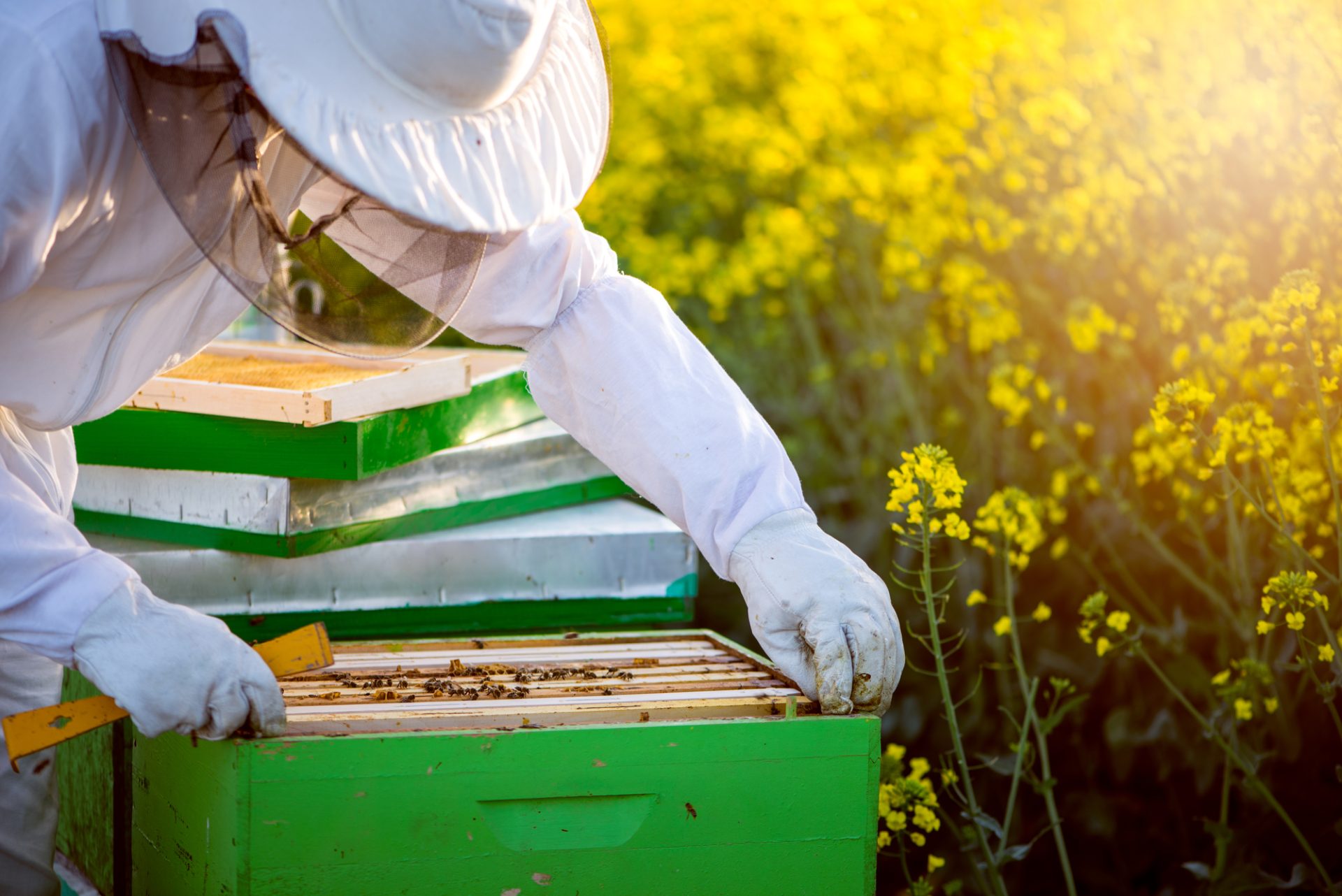
1. Space
Beekeeping requires adequate space for peaceful coexistence of bees and people. Beekeepers must, therefore, seek out and utilize spaces that meet the required criterion for the success of their conservation beekeeping operations. These spaces may be difficult to find and use due to various factors. Despite this, conservation beekeeping is possible in both rural and urban areas.
2. Availability of the Required Equipment
A lot of equipment and tools are required for successful beekeeping. This equipment and tools are often not cheap. For hobbyist beekeepers engaging in conservation beekeeping, getting these required equipment and tools may turn out to be difficult. This may ultimately keep the potential beekeeper from starting any conservation beekeeping operations.
3. Safety
There is a continuously present risk of getting stung in all beekeeping. This is especially encountered in honeybee beekeeping. If you are not careful and prepared, you could get badly stung by bees. Even in conservation beekeeping, the management of bee populations under your care comes with this risk every time you go near the habitat of the bees while they are using the habitat. This applies to honeybees, mason bees and leafcutter bees.
Opposition to Conservation Beekeeping
Some people and organizations argue against conservation beekeeping and oppose it. They may also be against beekeeping in general. Most of these opponents to conservation beekeeping aim are focused on honeybees. They have little opposition to the keeping of pollinator bee species. Some of their arguments are:
1. Beekeepers Profiting from Bees
The opponents of conservation beekeeping argue that beekeepers usually end up profiting from their beekeeping activities. They level this accusation even at conservation beekeepers that do not harvest and sell beehive products.
2. Wild Bees get Aggressive
According to the opponents of beekeeping, having wild populations of honeybees results in aggressive honeybees. They overlook the fact that honeybees are aggressive depending on their subspecies. African honeybees are the most aggressive, whereas European honeybees are the least aggressive.
3. Bees are not endangered
This is an argument that claims honeybees would survive in sufficient numbers without human intervention. Unfortunately, it ignores the reality that honeybee populations are on the decline and this could result in unwanted outcomes for both the environment and humans. The argument also closes its eyes to the bitter truth that deforestation and application of pesticides, both of which cause declines in honeybee population, are done by humans. In this respect, conservation beekeeping sometimes aims to balance out the harm that humans have caused to honeybee populations.
Conclusion
Conservation beekeeping benefits many different aspects of life on earth. Bees that beekeepers use in conservation beekeeping efforts, vary by beekeeper preferences and the desired outcomes. Over the years, the keeping of bees was largely focused on honeybees and beehive products. Today, the use of bees of various types in conservation beekeeping has proven to opponents of beekeeping that beekeepers are not always aiming at exploiting bees for honey, wax and other beehive products. Conservation beekeeping is, therefore, an activity that you should support and engage in.
We believe that this article answers your question on what does conservation beekeeping entail in enough detail and hope that you will soon take up or support conservation beekeeping.
 BeeKeepClub Resources and Guides for Beekeepers
BeeKeepClub Resources and Guides for Beekeepers
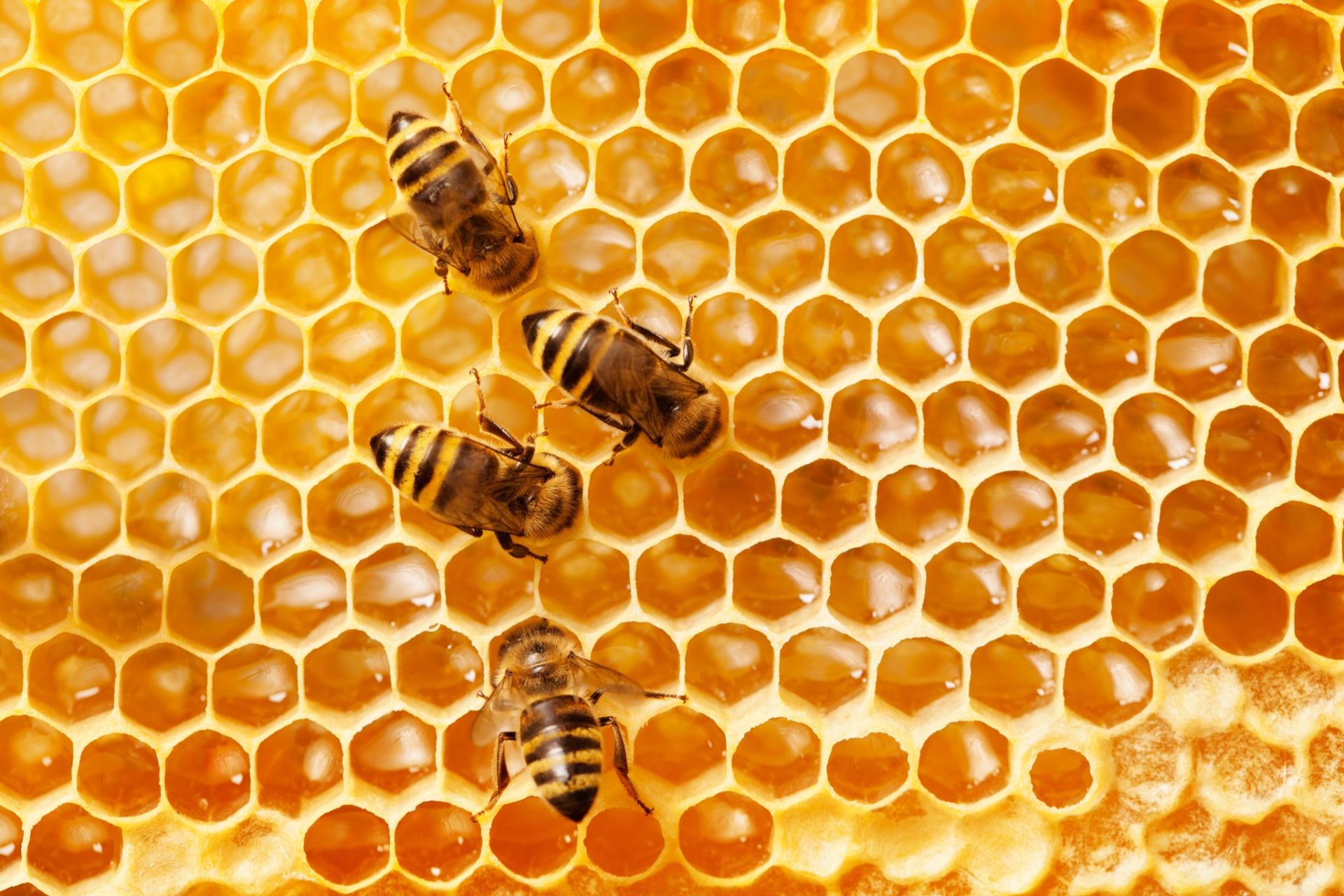
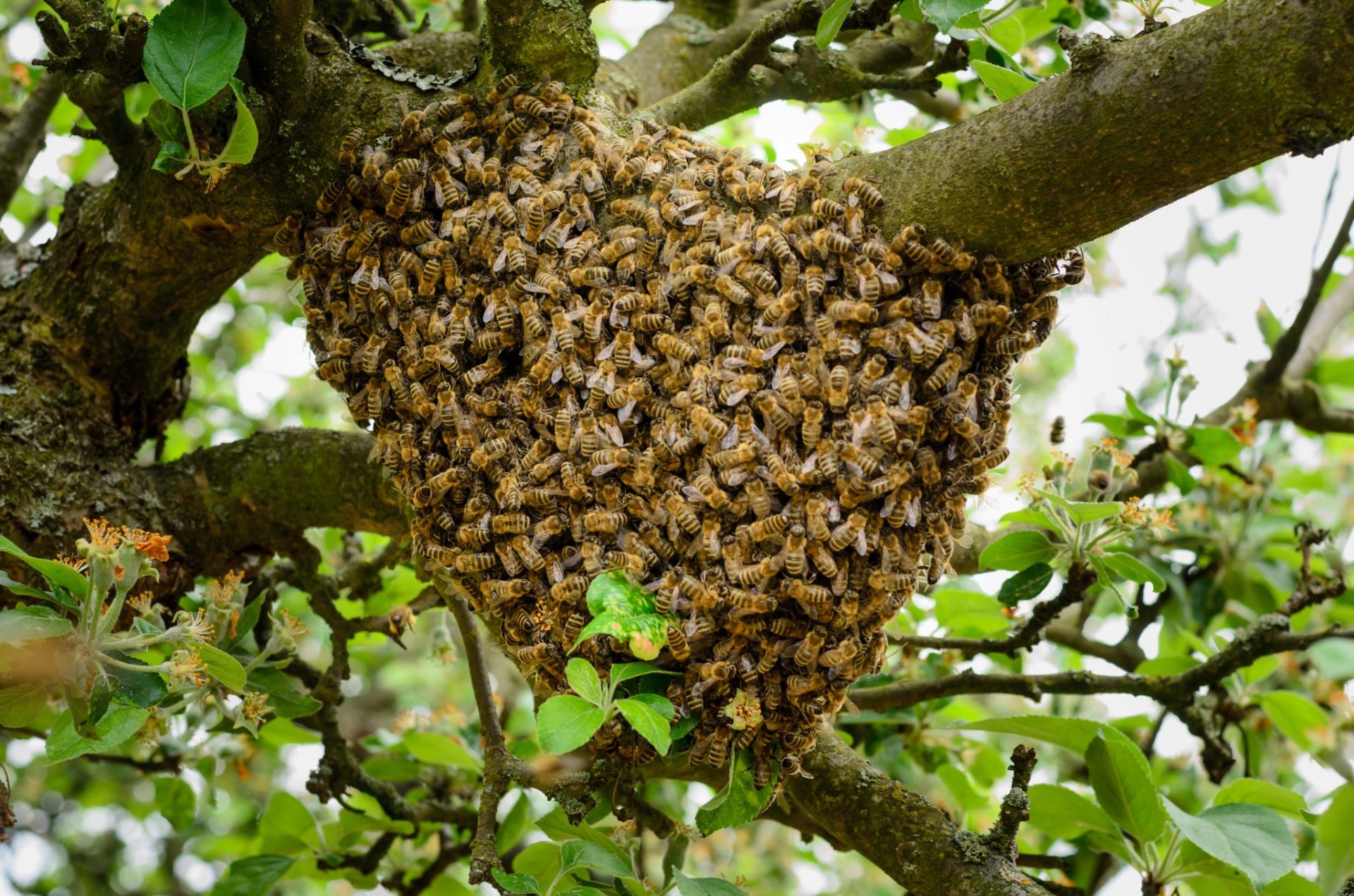

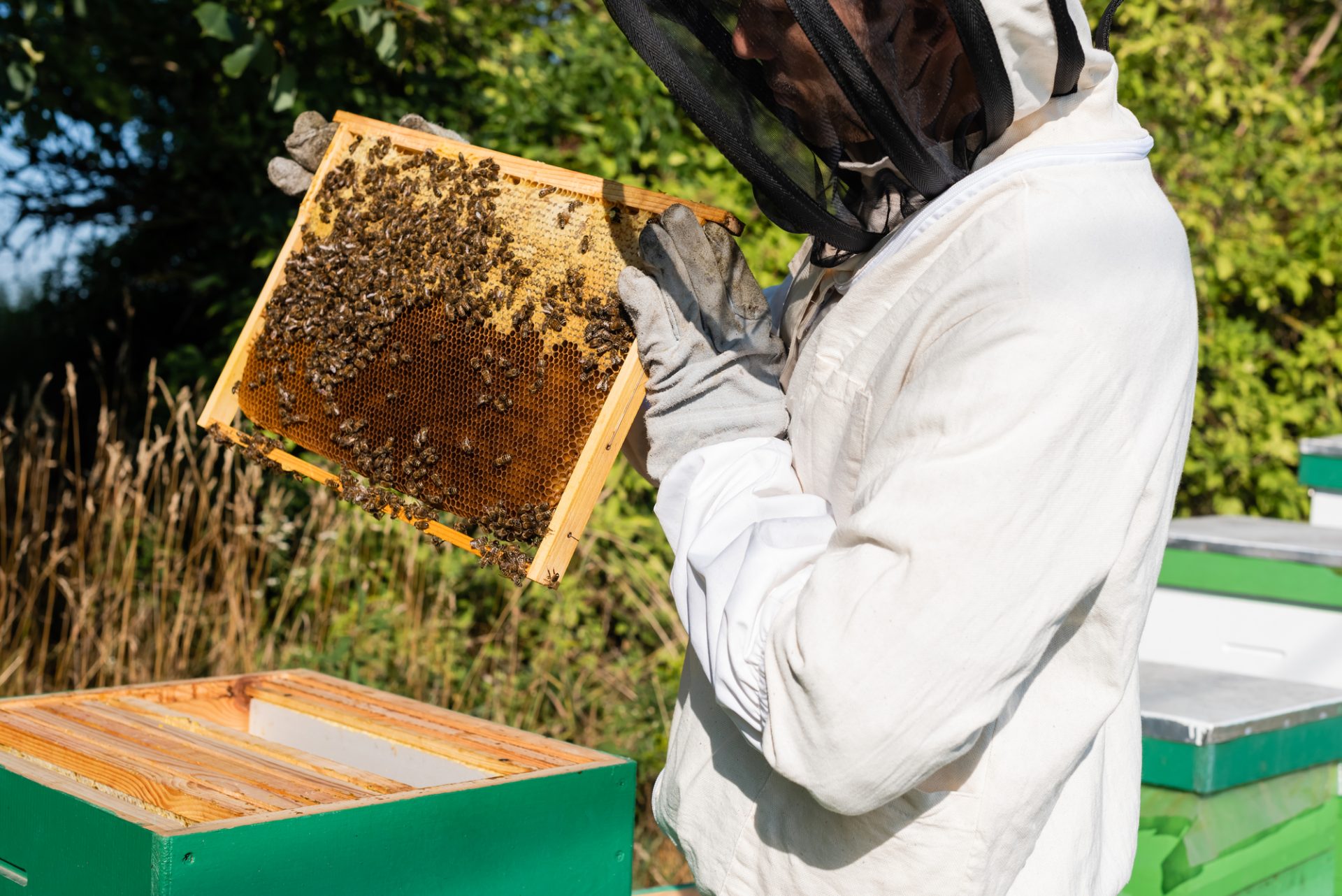
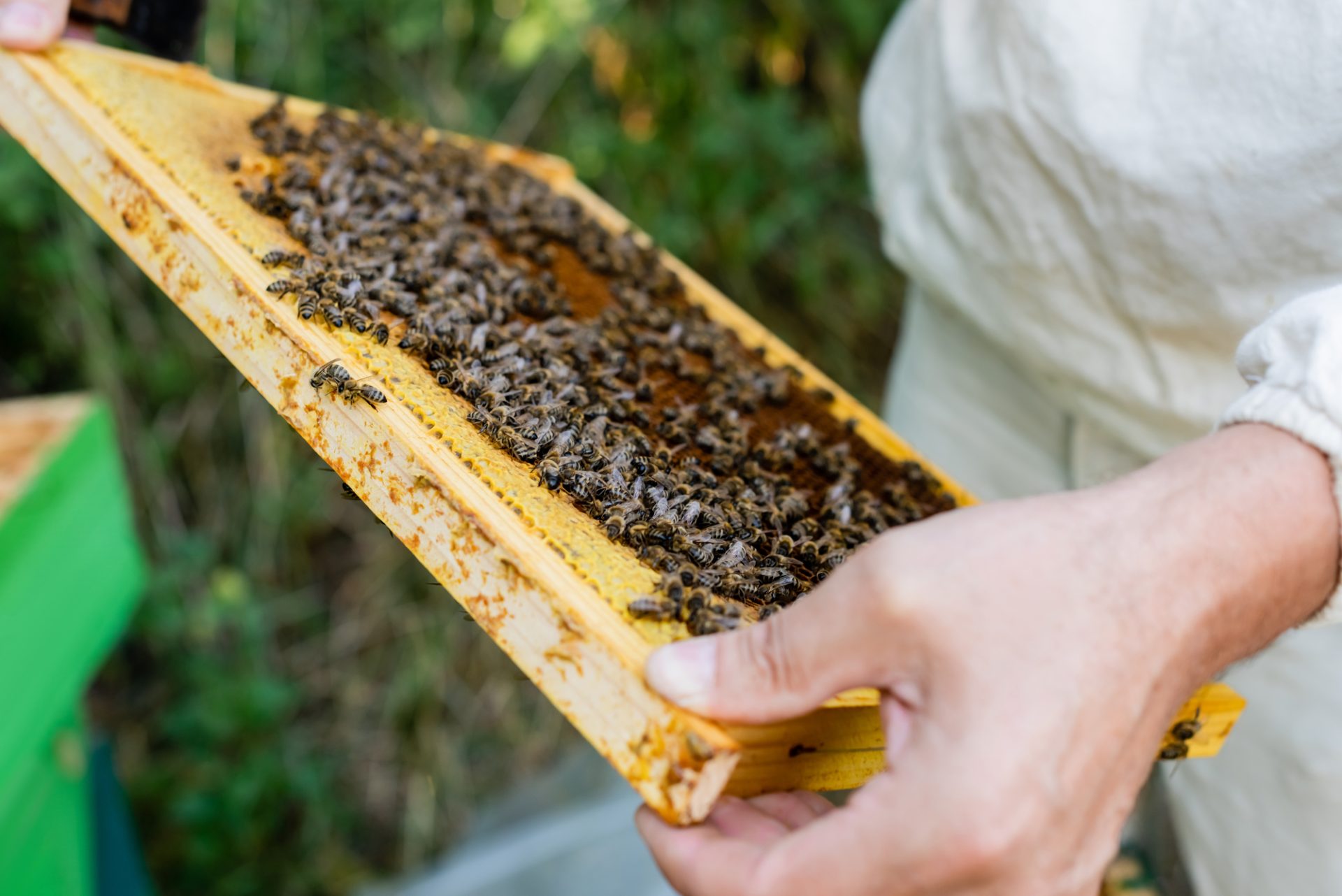
[…] called beehive maintenance in beekeeping. It is necessary in all beekeeping operations including in conservation beekeeping. Proper beehive maintenance enables the best health of honeybee colonies. It also promotes better […]
[…] vital insects that form the cornerstone of our ecosystem. In recent times, there has been increased conservation effort across the globe benefiting honeybees but without much attention paid to wild bees which are just […]